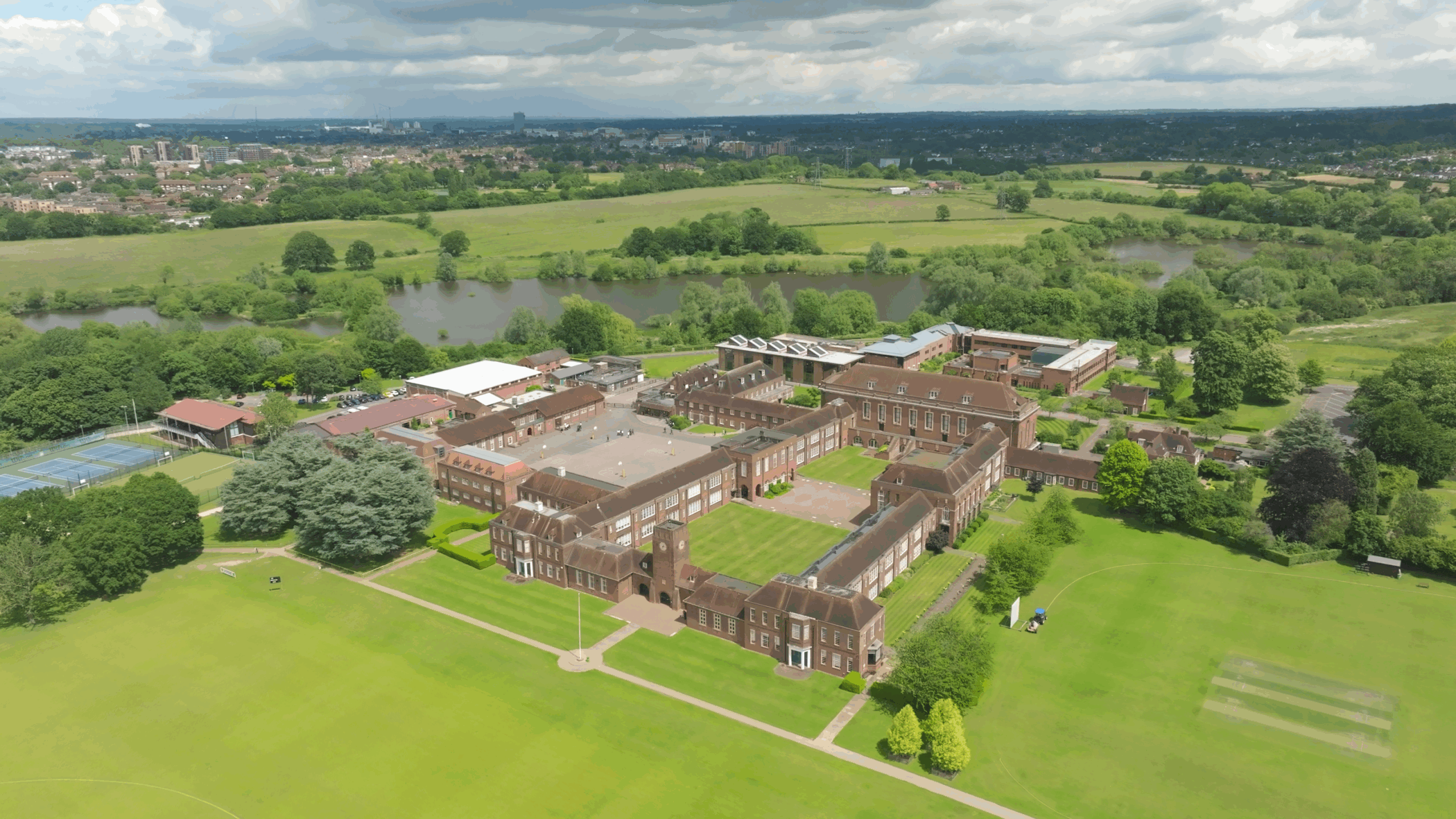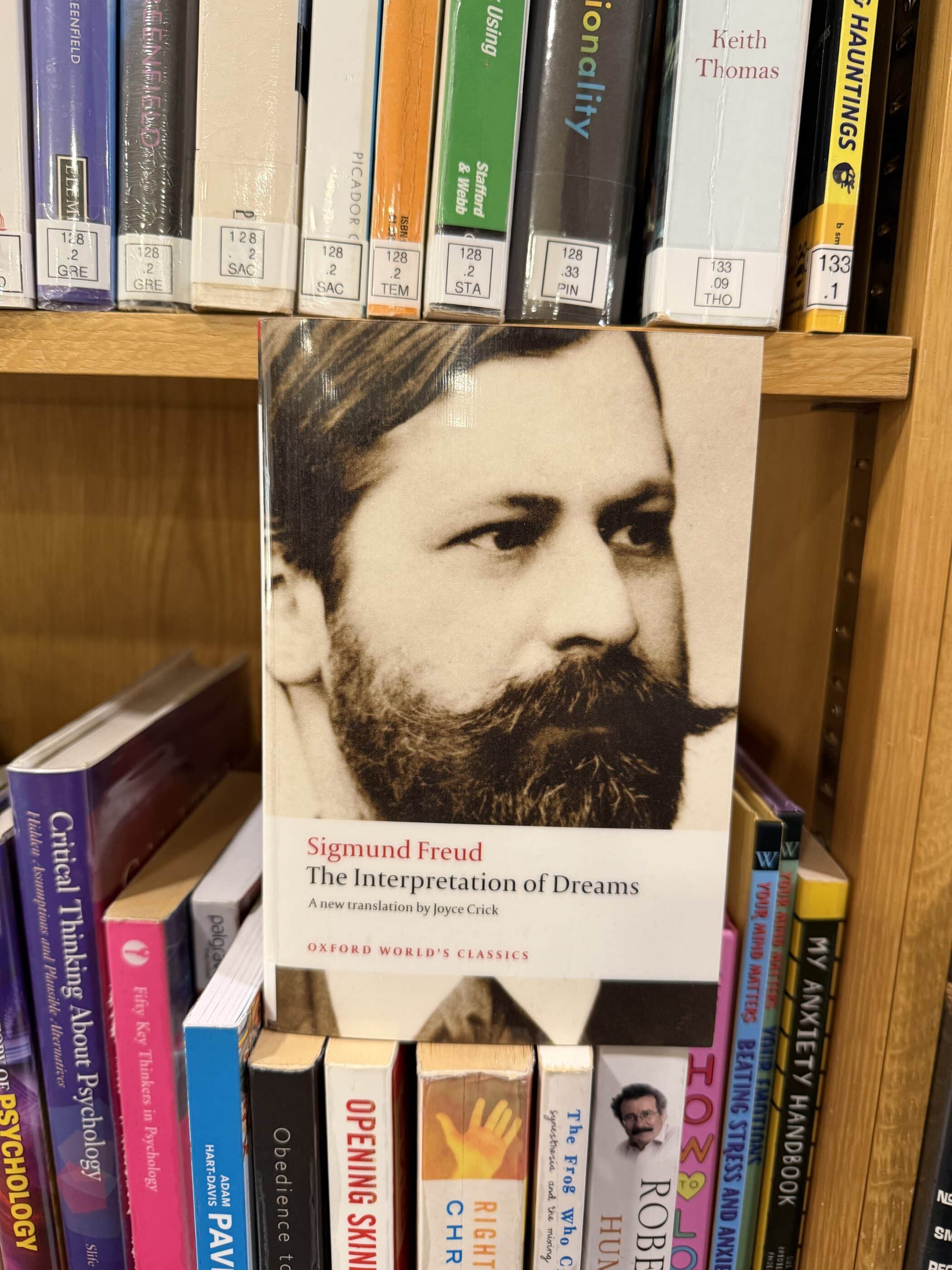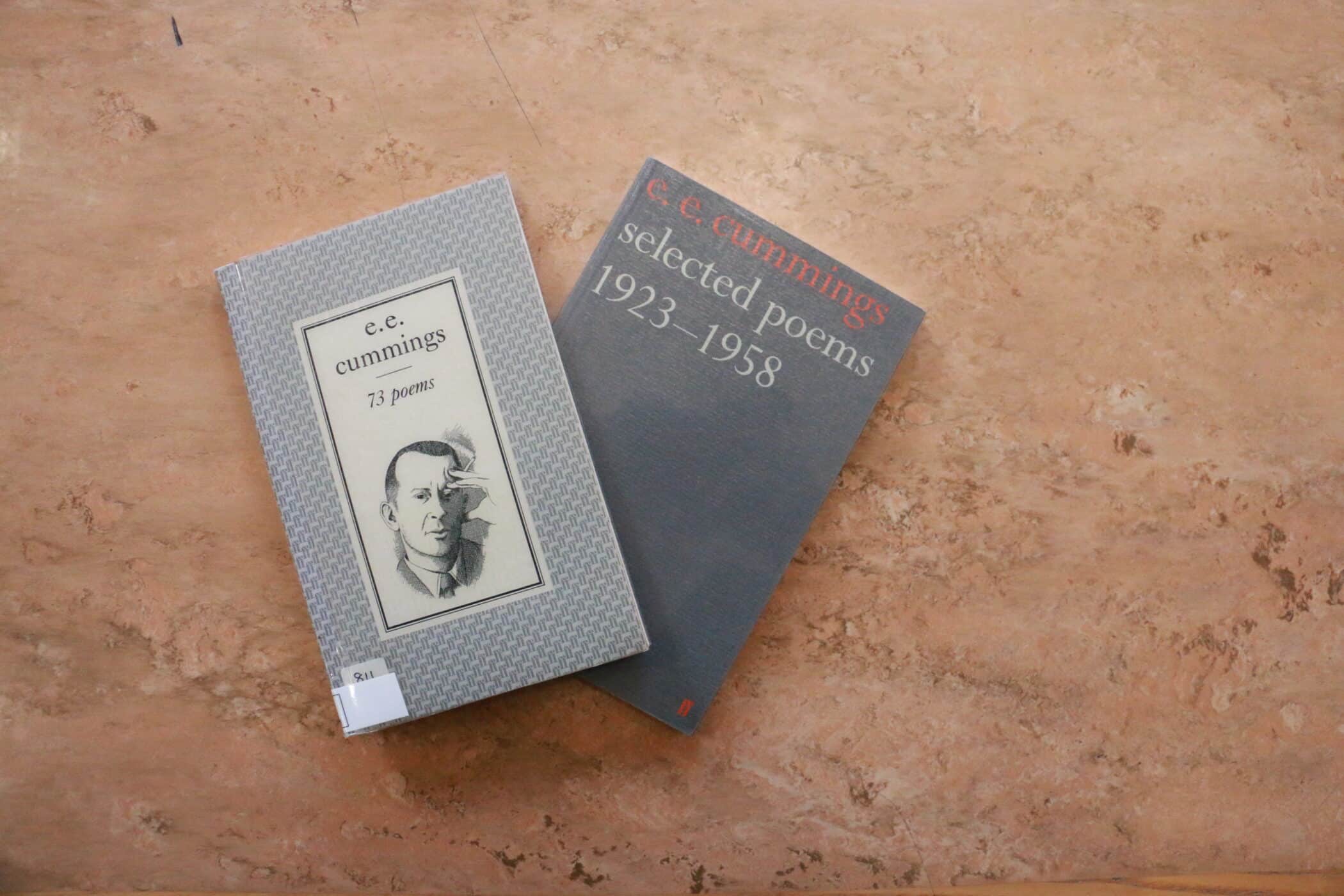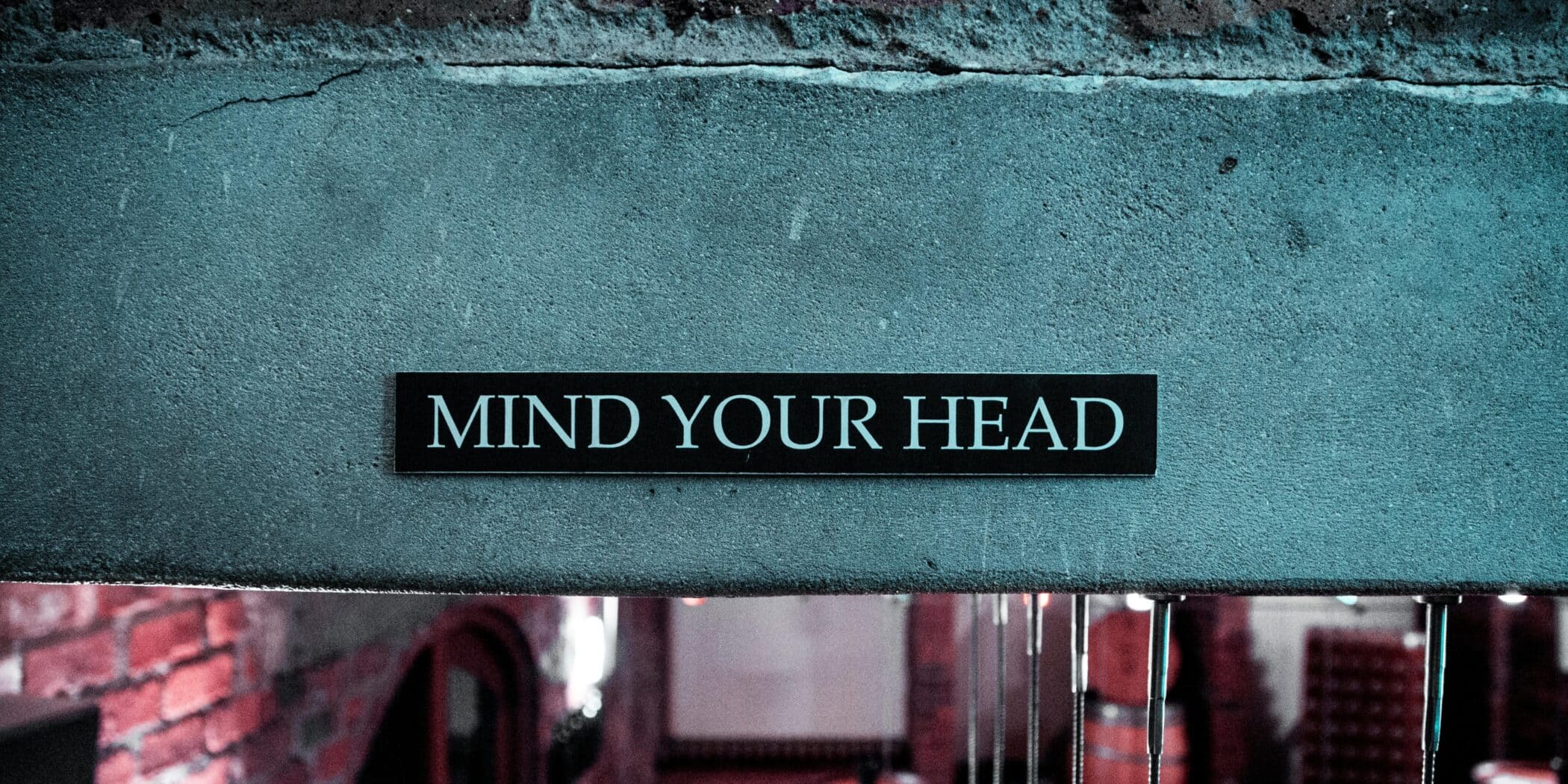I would like to introduce you to two people who have changed lives on a massive scale. Both are giants in their field and have had a transformative effect upon the world. And yet I am prepared to bet a large sum of money that no one in this Hall has ever heard of either of them. You should know about them, as they are inspiring and deserve a little more recognition than they have received.
Here is Claude Shannon. What if I told you that just about everything in the modern world exists due to the revolutionary ideas of this genius? What on earth did he do? And how is it that such an impactful life has gone almost unnoticed? Claude Shannon made computing and all the trappings of our current age of information possible. Who can live in the modern world without sending texts, swapping thoughts on social media, searching the internet, streaming video or music, or just using a computer? That is the everyday stuff of life, and it is just the tip of the iceberg of what Claude Shannon made possible.
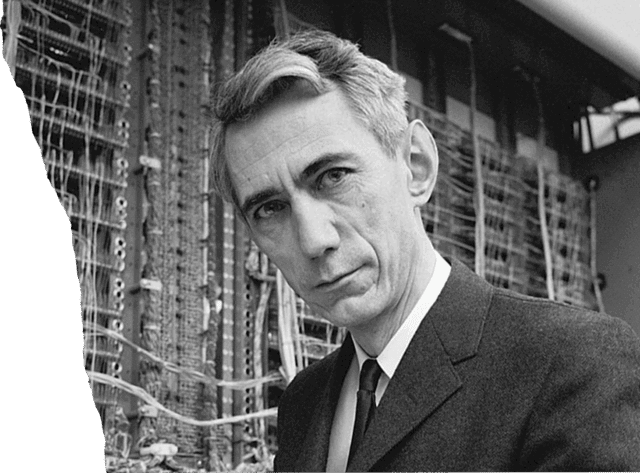
Photograph by Alfred Eisenstaedt / The LIFE Picture Collection / Getty
In 1936, at MIT, Claude Shannon was working on something called a ‘Differential Analyser’ – it was a very early computer: essentially a mechanical device that moved physical gears and wheels to resolve algorithms. Similar devices used vacuum tubes, which attracted moths into the workings. This gave rise to the computing term ‘a bug’. They ruined the processes and things could only be solved by ‘debugging’.
Shannon then moved to AT&T – the US telephone provider. At AT&T, the telephone system was made up of switches that could be either on, in which case the current flowed through them, or off, in which case it didn’t. Shannon’s brilliant idea was to apply the logical system of reasoning developed by the British 19th century mathematician George Boole to this circuitry. Boole had developed a binary system of logic: Shannon applied it to these new kinds of machine, proposing that we call the ‘on’ position 1 and the ‘off’ position 0. This breakthrough idea meant that the circuits could be used to perform logical tasks. Suddenly, a bunch of switches could be used in new ways, like decision-making and rule processing. The application of the algorithms that underlie modern computing became possible. Shannon wrote this up in 1937, way before anything like a modern computer existed. His master’s thesis was called “A Symbolic Analysis of Relay and Switching Circuits”. It was so far ahead of its time, that no one realised that he had laid the theoretical groundwork for digital computing. Today, it is recognised as the most influential master’s thesis of all time. Shannon was 21 years old.
That might be enough for most people, but Claude Shannon was not finished yet. During the Second World War, he developed encryption systems to allow Churchill and President Roosevelt to talk securely. His work here made him the ‘founding father of modern cryptography.’ But after the war Shannon made his second enormous breakthrough. A problem in communication was that telecommunications systems all used analogue signals. So, the electrical waves in the system were compromised by interference, static and random noise. And the more they were boosted, the greater the interference and noise became. Long distance phone calls were especially affected, but so was any type of information transfer. Shannon resolved the problem with his second brilliant academic paper, called, “The Mathematical Theory of Communication”
Shannon’s solution was to shift the focus from waves and current and to rethink the problem: what, exactly, was being conveyed in a message? At first, he referred to the “transmission of intelligence” before settling on the word “information”. He coined the term bit (from “binary digit”) to describe the smallest unit of information. Shannon showed that all information — images, text, sound — could be broken up into bits, transmitted as zeros and ones, and then reconstructed perfectly at the other end, no matter how the information was transmitted, and no matter what the information.
We are so used to this idea now that it is hard to imagine that one man came up with it, and so recently. His impact was immediate – the groundwork had been laid for every electronic device in the world.
What a life, for a modest man, who died in 2001, and whose contribution to the world we inhabit is vastly greater than almost anyone else’s. I struggle to think of a more influential and impactful life.
But I have another such life to put before you, that of Charles Feeney. He was born in 1931 and died quite recently, in 2023. I bet you have never heard what made him fantastically wealthy, and I am confident you have never heard what he did with his money. That is because he went out of his way to try to hide it from you and from everyone else. Charles Feeney was a co-founder of the Duty Free Shoppers Group. He largely invented the idea of duty-free shopping that you can now find in any airport globally. What he did with his money is even more interesting. Feeney gave away his fortune in secret for many years, choosing to be anonymous, having donated more than $8 billion in his lifetime.
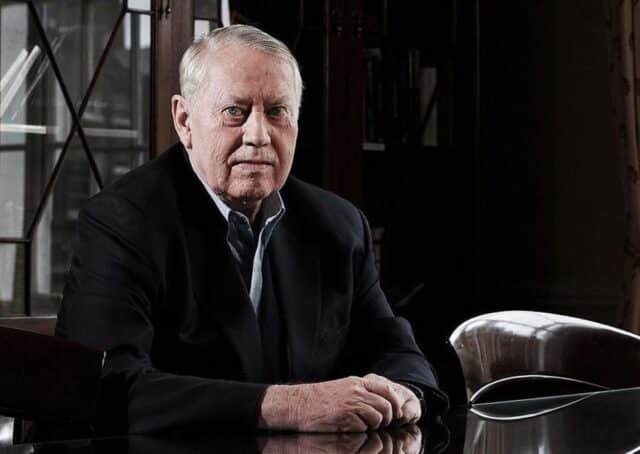
Photo by Forbes Argentina
He had a principle that guided his life: that you should use your wealth to help people. He didn’t want recognition. His charitable foundation, through which he channelled his giving, required the recipients of the money to keep the source of the donation secret. The largest single beneficiary of Feeney’s giving was his alma mater Cornell University, which received nearly $1 billion. Of Irish heritage, he also donated around one billion dollars to education in Ireland. Feeney supported the modernization of public-health structures in Vietnam, AIDS clinics in South Africa, Operation Smile’s free surgeries for children with cleft lips and palates, and earthquake relief in Haiti. None of the one thousand buildings on five continents that were built with Feeney’s gifts of $2.7 billion bear his name.
In a letter to Bill Gates and Warren Buffett, Feeney wrote, ‘I cannot think of a more personally rewarding and appropriate use of wealth than to give while one is living—to personally devote oneself to meaningful efforts to improve the human condition’. Feeney hated publicity, but couldn’t stop Time magazine stating, in 1997, ‘Feeney’s beneficence already ranks among the grandest of any living American.’
For all his wealth and generosity, Feeney lived a simple life. He did not own a car and wore a $10 Casio watch. At the end of his life, aged 92, he lived in a rented apartment in San Francisco, although he had remaining assets of $2 million. Almost nobody knew what he had done. Very few know now. Warren Buffett said of Feeney, “He is my hero and Bill Gates’ hero. He should be everybody’s hero.”
So, I place before you this morning two men, who have changed the world. One did it with his intellectual breakthroughs; the other did it with the immense wealth his business idea brought him. Neither has received the recognition they deserve. Neither sought it.
What they did was to look at the world in a different way. Claude Shannon invented the idea of digital rather than analogue. The modern world followed on his heels, although the technology to do it did not exist at the time of his ideas. Charles Feeney invented a new way to shop, when air travel was in its early years. He then did something unusual with the wealth he accumulated, choosing to give it away in secret. Both were revolutionary, because they were prepared to think about apparently familiar things in entirely new ways. I recommend the same to you.
I have two ideas to share, to try to jolt you out of thinking the same way about familiar things, to prompt and challenge you in your thinking today and in the future. My first challenging thought is this: What if all our problems and all of our solutions are located within ourselves, having been created by ourselves. So, the problem is not them, or he, or she or it. It is in us, and the solution is also in there too. What might that mean? And if that were true, what might the implications be for your life?
Here is another thought to spur you to see the world differently. Einstein said there is no force of gravity. The weight you think you are feeling right now is not the force of gravity; it is the normal contact force from your chair, balancing the effect of the curvature of space-time caused by the mass of the Earth. It’s actually even more weird than that: the force you think is gravity is really the repulsion between your electrons and those in your chair. Try to see the world as a physicist. Matter disappears into fragments of energy.
We might not be able to generate the ideas that Shannon created, or the wealth that Feeney chose to give away. But there could be a lesson for us in their quiet dignity. We are all talented people, with immense potential to make a difference and do good. We might not choose to act in the same ways that Shannon and Feeney did. But we can choose to take the understated path, to rely upon quietly impressive delivery rather than showy boasting. I have said this before, many times. That casual brilliance, understated achievement, making the difficult look easy is the essence of the lives of both Shannon and Feeney. It is captured in a word that I commend to you. You may have heard me say it to you before: that word is sprezzatura.


